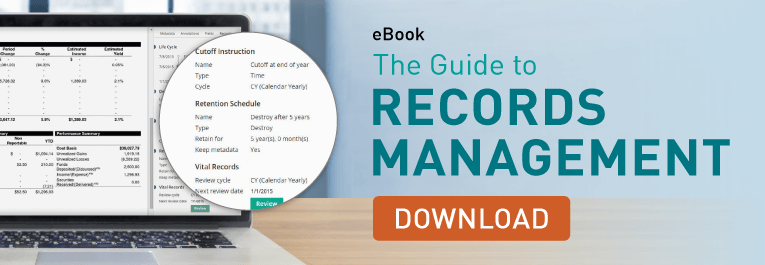In today’s financial landscape, lending processing stands as a cornerstone for institutions, providing not only substantial revenue streams but also diversifying product offerings to meet a myriad of customer needs. Total U.S. household debt reached $17.05 trillion in 2023, with mortgage balances standing at $12.25 trillion, making it one of the largest asset classes in the United States. However, the traditional paper-based approach to lending poses significant challenges, leading to inefficiencies, errors, and compliance risks. As financial institutions navigate this terrain, leveraging lending automation emerges as a game-changer, offering streamlined processes, improved productivity, and enhanced revenue generation opportunities.
Insights from a survey by Laserfiche and Credit Union Times revealed the urgency of embracing automation. Over half (52%) of banking respondents prioritize driving new sources of revenue through digital transformation in document and information management today, while 48% focus on creating a digital-first member experience. However, challenges persist, with 62% of respondents facing manual tasks, reviews, and approvals, and 60% grappling with manual and inconsistent data processing. Furthermore, 56% have yet to commence automating tedious tasks and busywork, indicating the pressing need for automation in document and information management.
Consolidating data for efficiency and security
A pivotal aspect of lending automation is the establishment of a single source of truth, a centralized repository that captures data from various business systems through intelligent data capture tools. By automating data validation and navigation, institutions can minimize manual errors and ensure data consistency, mitigating risks and optimize fraud detection associated with scattered documents. This consolidation enhances operational efficiency while bolstering data security, which is crucial in an era of heightened cybersecurity threats. For instance, Bath Building Society exemplifies this approach by adopting comprehensive data management solutions, enabling seamless integration across disparate systems. Such consolidation empowers employees to access accurate data swiftly, facilitating smoother lending operations and bolstering compliance efforts.
Enhancing customer experience through faster lending processes
Leveraging content-centric process automation tools marks another pivotal step in lending automation. When financial institutions use electronic forms to both run the lending application process and capture customer information, all of that data can be automatically and securely transferred to core banking and loan original systems. This reduces the amount of time it takes to initiate lending procedures. Automated review and approval processes within content services platforms further expedite operations, fostering team collaboration and reducing processing bottlenecks. For example, integrating electronic signature platforms streamlines loan package generation, expedites approval processes and enhances customer experience. This approach minimizes manual interventions, reduces turnaround times, and fosters greater customer engagement, nurturing long-term relationships and loyalty.
Unlocking revenue potential and ensuring compliance
The benefits of lending automation extend beyond operational excellence to revenue generation and regulatory compliance. Improved data accessibility, facilitated by seamless system connectivity, expands institutions’ capacity to process more applications swiftly. By cutting operational costs and enhancing productivity, institutions can allocate resources more strategically, further fueling revenue growth.
Lending automation emerges as a transformative force in the financial landscape, offering institutions the means to drive revenue, improve productivity, and enhance customer experiences. By embracing automation technologies, institutions can confidently navigate the complexities of lending processing to capitalize on emerging opportunities and deliver unparalleled value to customers in an increasingly digital world.
Explore additional resources from the Laserfiche banking solutions page: https://www.laserfiche.com/solutions/financial-services/banks-and-credit-unions/



